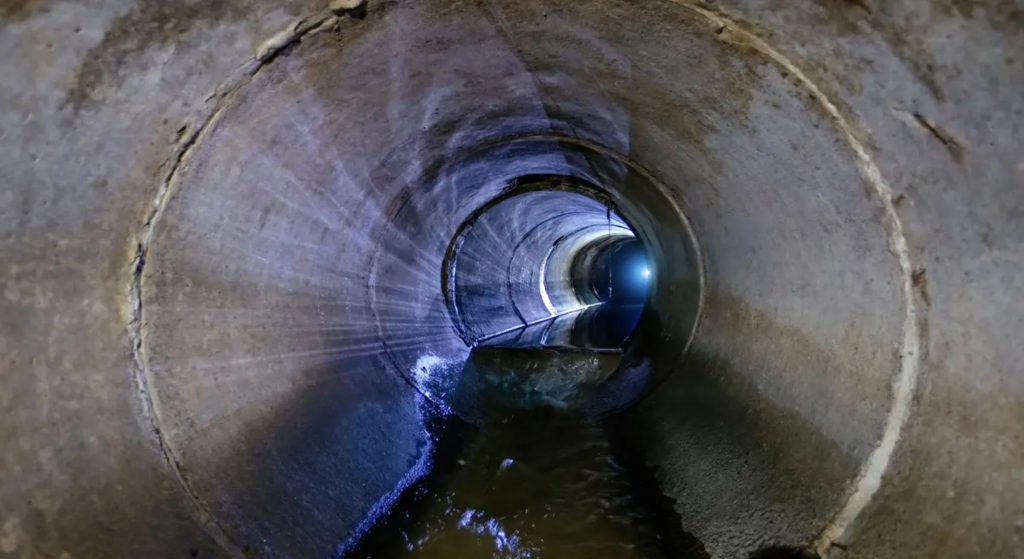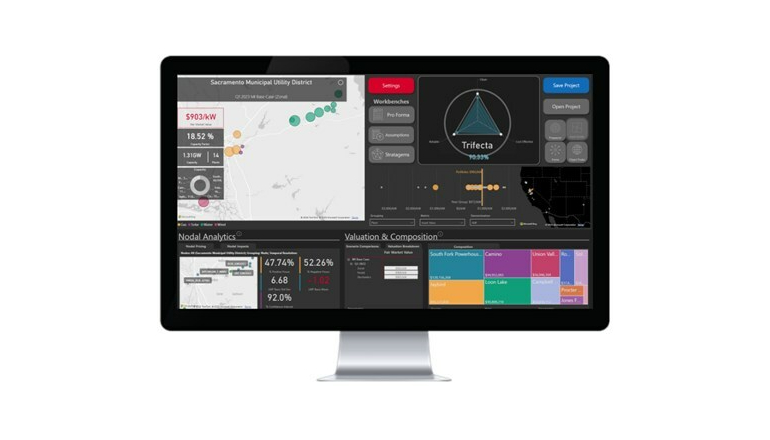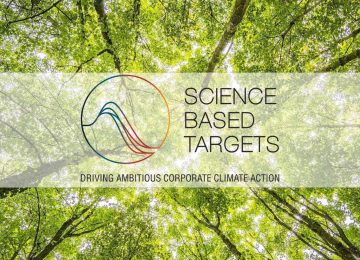Scientists at Singapore’s Nanyang Technological University have developed an innovative solar-powered method to transform sewage sludge into green hydrogen for clean energy and single-cell protein for animal feed, according to an article published in Nature Water Journal.
Globally, more than 100 million tonnes of sewage sludge are generated each year, an amount that is increasing. However, common disposal methods—such as incineration or landfill—are time-consuming, energy-inefficient, and contribute to environmental pollution.
The mechanical, chemical, and biological techniques.
The process involves mechanically breaking down the sewage sludge, followed by a chemical treatment that separates harmful heavy metals from organic materials, including proteins and carbohydrates.
Next, a solar-powered electrochemical process uses specialized electrodes to transform the organic materials into valuable products, such as acetic acid—a key ingredient for food and pharmaceutical industries—and hydrogen gas, a clean energy source. Finally, light-activated bacteria are introduced to the processed liquid stream. These bacteria convert nutrients into single-cell protein suitable for animal feed.
Lead researcher Associate Professor Li Hong from NTU’s School of Mechanical and Aerospace Engineering (MAE) and the Energy Research Institute said, “Our method transforms waste into valuable resources, reducing environmental damage while creating renewable energy and sustainable food. This exemplifies the circular economy and contributes to a greener future.”
Co-lead researcher Professor Zhou Yan from NTU’s School of Civil and Environmental Engineering (CEE) and Nanyang Environment and Water Research Institute (NEWRI) said, “Our solar-powered process demonstrates how we can tackle multiple challenges at once—turning a difficult waste product into clean energy and nutritious protein. By integrating mechanical, chemical, and biological approaches, our method has successfully addressed pollution and resource scarcity, offering a new sustainable strategy in wastewater management.”
The method recovers 91.4 percent of the organic carbon in sewage sludge and converts 63 percent of the organic carbon into single-cell protein without producing harmful by-products. In comparison, traditional anaerobic digestion typically recovers and converts around 50 percent of organic materials in sewage sludge.
The solar-powered process achieves an energy efficiency of 10 percent, generating up to 13 liters of hydrogen per hour using sunlight, which is around 10 percent more energy efficient than the conventional hydrogen generation methods.
The process also reduces CO₂ emissions by 99.5 percent and energy use by 99.3 percent compared to traditional methods, while eliminating harmful heavy metals from the sludge.











